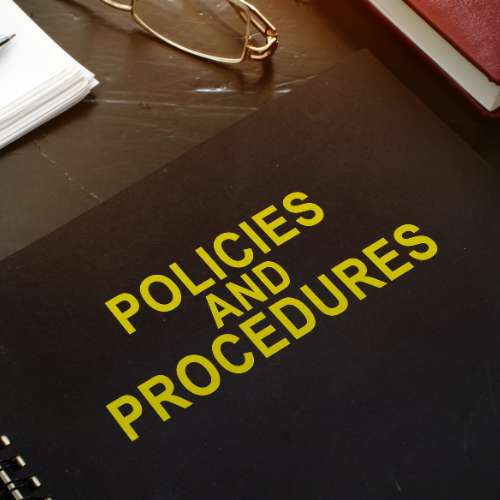
from the ACG Blog What Is Physical Layer Security—and Why Should Federal Agencies Care? Explore how physical layer security in...
News and Trend
Federal telecom projects are never just about cables or equipment—they’re about compliance, continuity, and national security. For contracting officers, project managers, and facilities personnel, understanding telecom-specific federal requirements is essential for planning, procurement, and execution.
This post breaks down the core telecom requirements every government decision-maker should know in 2025—from procurement law to cybersecurity standards—so your next project starts smart and stays secure.

Every federal telecom project is governed by the FAR, which outlines rules for acquisition, contractor responsibilities, and accountability.
Key takeaways:
Telecom vendors must be SAM.gov registered and compliant with FAR Part 12 & 15
Contracts must include compliance clauses for quality, security, and delivery
Competitive bidding must follow transparent processes (unless using pre-approved vendors)

If you’re installing routers, switches, cabling, or communication systems, you must comply with sourcing laws like:
Buy American Act (BAA)
Trade Agreements Act (TAA)
Telecommunications Ban under Section 889 (prohibiting specific manufacturers)
This affects material selection, vendor partnerships, and approval timelines—so contractors must provide compliant equipment with proper documentation.
Telecom systems touch sensitive federal data, so contractors must comply with:
CMMC (Cybersecurity Maturity Model Certification)
FISMA (Federal Information Security Management Act)
NIST SP 800-171 for controlled unclassified information (CUI)
On-site work may also require:
Cleared or badged personnel
Escort protocols in restricted areas
Secured equipment storage and transport plans

Government telecom work isn’t always a one-time project. It’s often procured through:
IDIQ (Indefinite Delivery, Indefinite Quantity) contracts
GSA MAS Schedules
Task orders under larger master agreements
This impacts how bids are structured, how timelines are managed, and what compliance measures are built into each phase.
At ACG, we support agencies and contractors across the U.S. with federal telecom planning, infrastructure installation, and compliance-ready documentation. We’re fluent in FAR, BAA, CMMC, and physical access protocols—so your team doesn’t waste time teaching vendors the rules.
✅ Have a telecom project on your radar?
Contact ACG to speak with a federal contracting specialist and build a plan aligned with your agency’s requirements.

from the ACG Blog What Is Physical Layer Security—and Why Should Federal Agencies Care? Explore how physical layer security in...

from the ACG Blog How to Write a Telecom Scope of Work (SOW) That Avoids Delays and Change Orders A...

from the ACG Blog Understanding OTDR: Why It Matters for Federal Fiber Optic Projects Learn why OTDR testing is a...
©2025. Access Communications Group, LLC